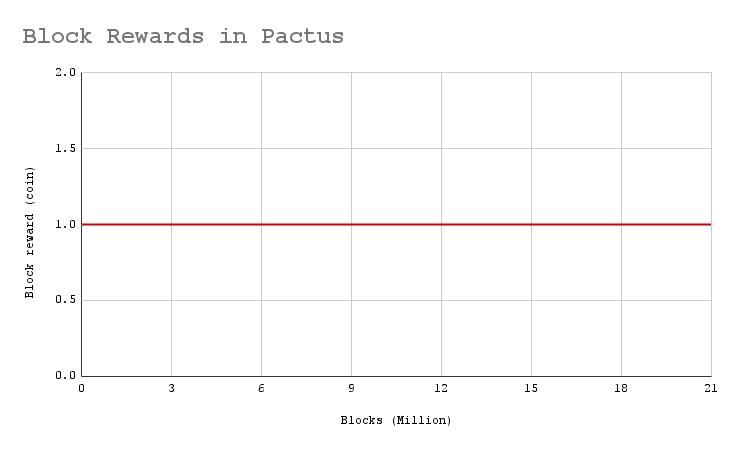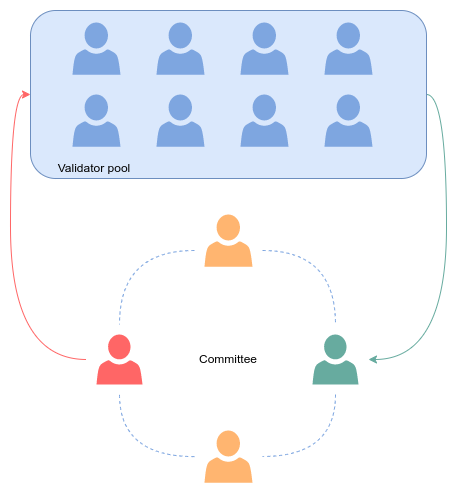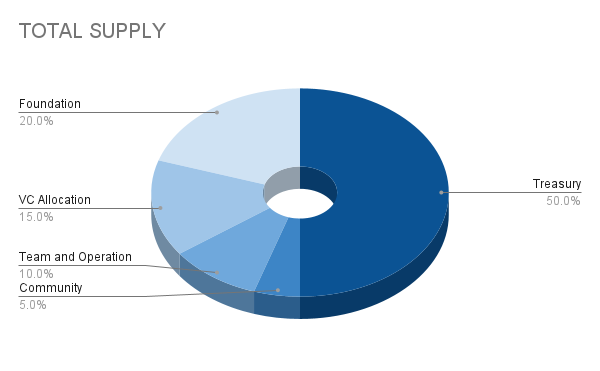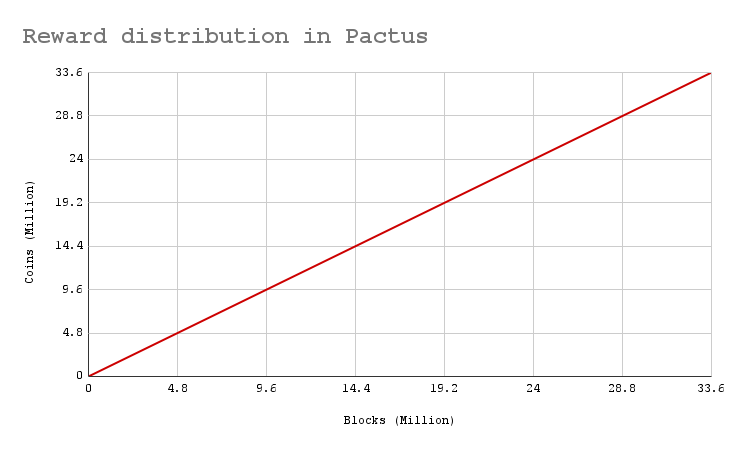
This FAQ (Frequently Asked Questions) page aims to provide helpful information and guidance on common questions and concerns related to Pactus.


Pactus has a total supply of 42 million coins, and each coin is divided into 1 billion units.
$$ 1 \text{ PAC} = 10^9 \text{ NonoPAC} $$The coin allocation in the Pactus blockchain is distributed as follows:
| Category | Address | Coin Allocation | Percentage |
|---|---|---|---|
| Treasury | 000000000000000000000000000000000000000000 | 33.6 Million coins | 80% |
| VC Allocation | pc1zprhnvcsy3pthekdcu28cw8muw4f432hkwgfasv | 6.3 Million coins | 15% |
| Community | pc1zs64vdggjcshumjwzaskhfn0j9gfpkvche3kxd3 | 2.1 Million coins | 5% |
Note: This chart reflects the current allocation after the activation of PIP-43. The original Genesis coin allocation can be found here.


The reward split mechanism, introduced in PIP-43, modifies how block rewards are distributed in Pactus:
The support coins (VC Allocation and Community) are designed to provide financial backing for the project. These allocations serve different purposes within the Pactus ecosystem: